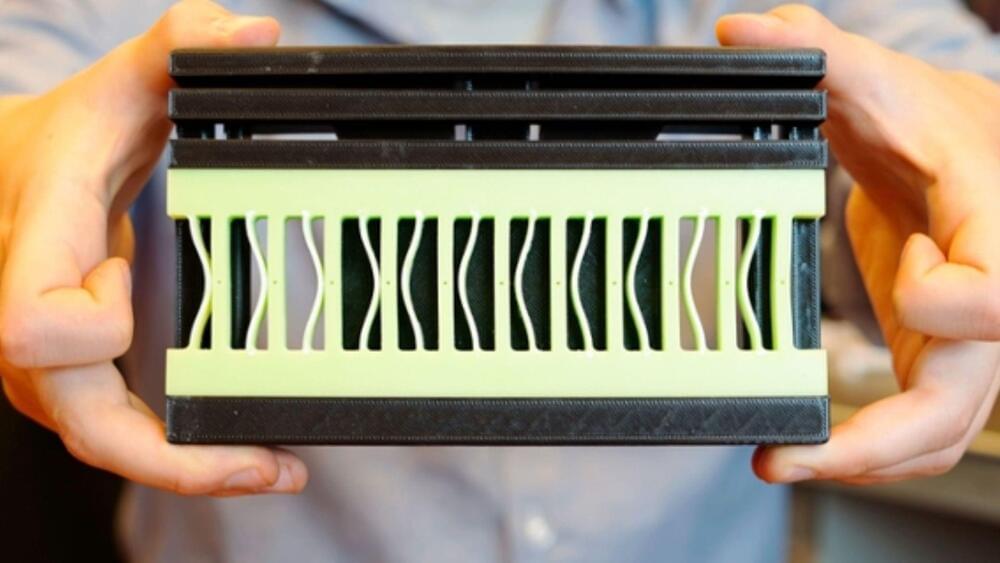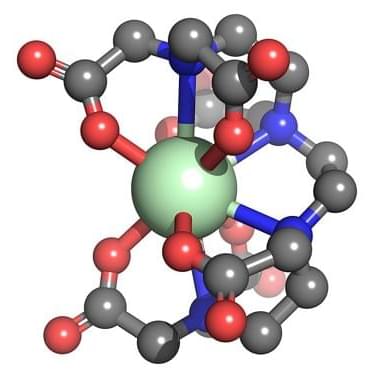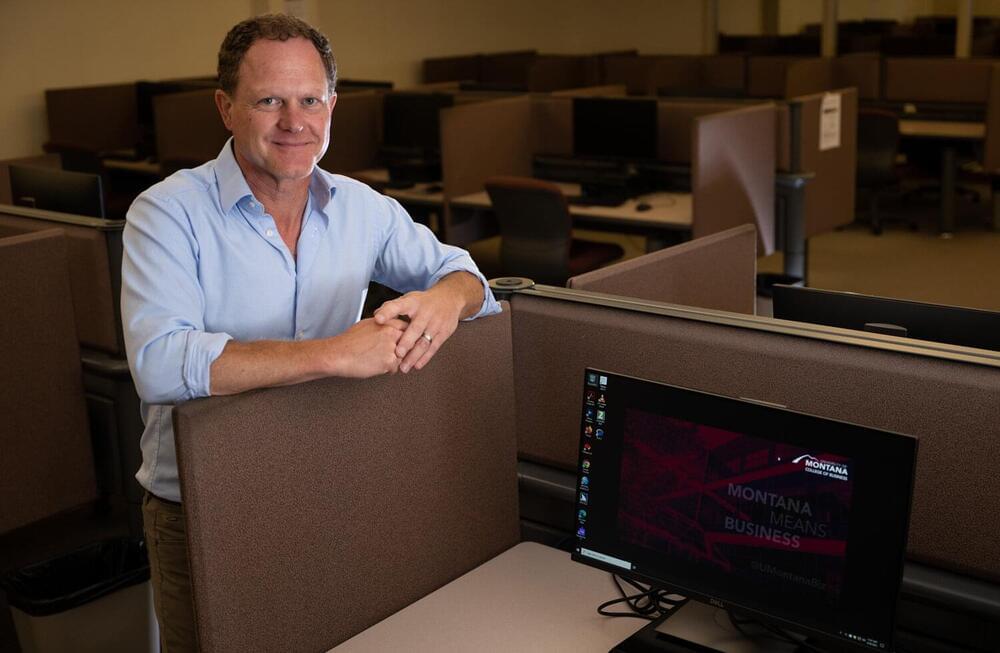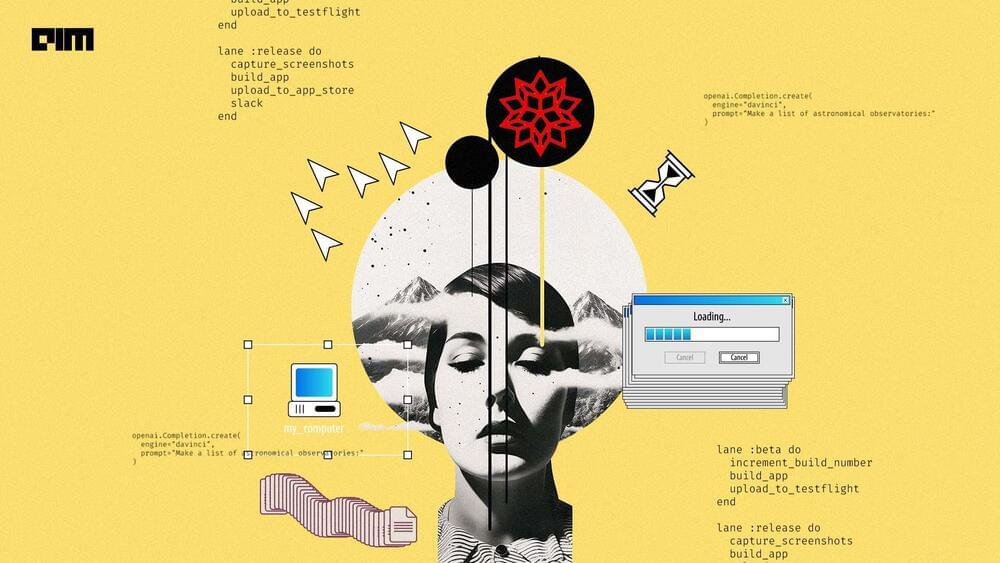Jul 6, 2023
European researchers design a rubber block that can count to ten
Posted by Gemechu Taye in categories: computing, mathematics, quantum physics
Physicist Lennard Kwakernaak finds the “complexity of simple things” intriguing, and it is a tough ask to make an inanimate object count.
A collaboration between researchers at Leiden University and AMOLF in Amsterdam has yielded a new metamaterial, a rubber block that can count. The researchers are calling it a Beam Counter and it is pretty nifty.
Continue reading “European researchers design a rubber block that can count to ten” »


















